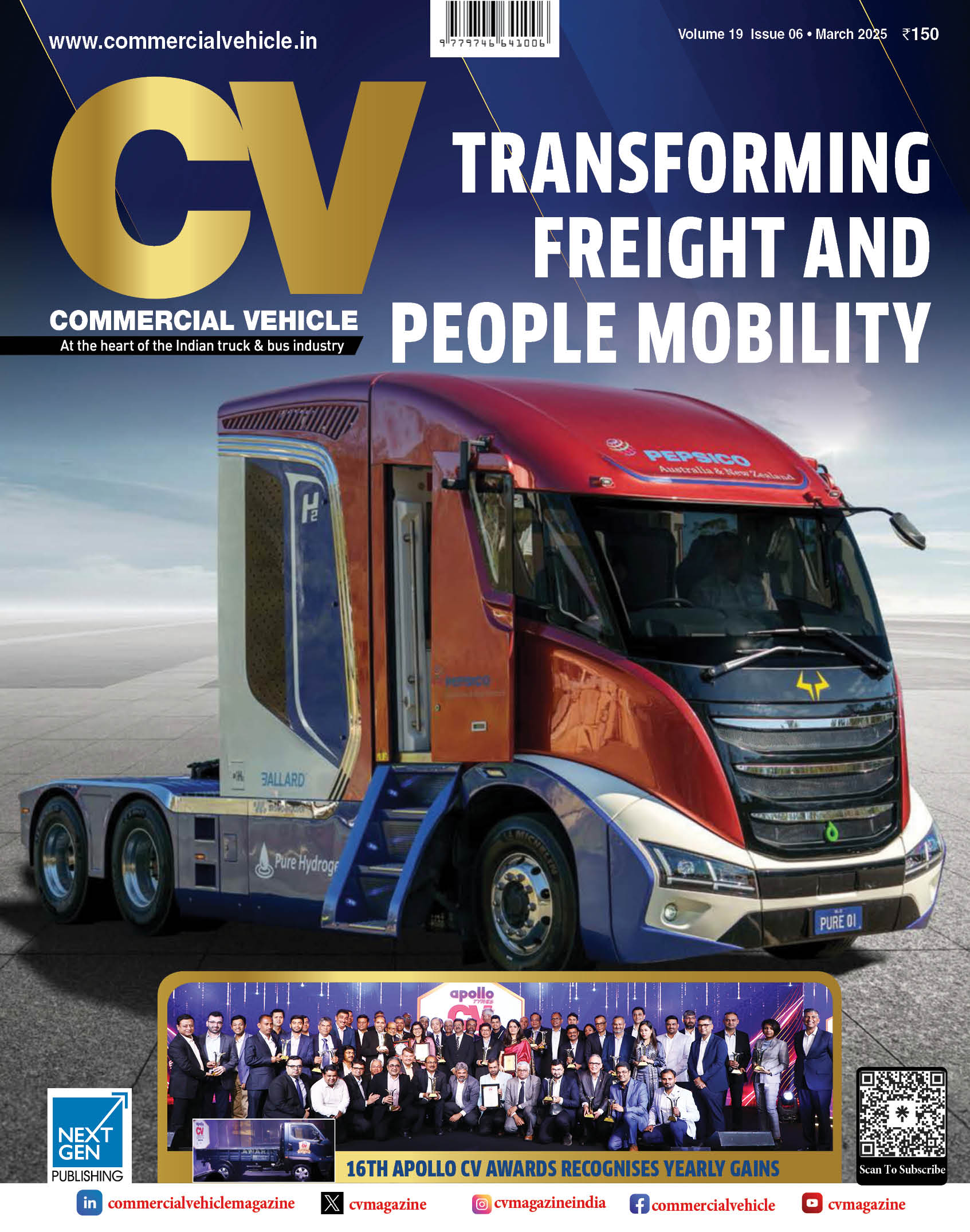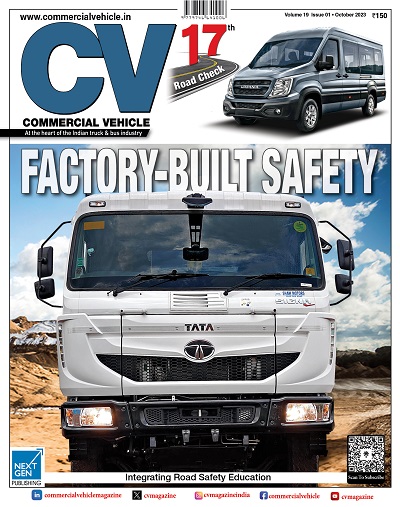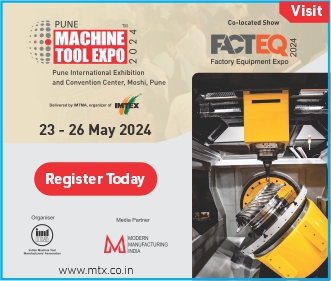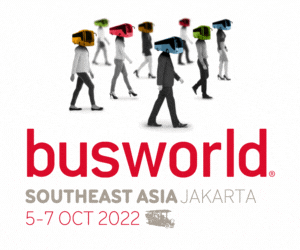Renault-Nissan Alliance has generated Euro 4.3 billion from its synergies in 2015. This is said to be one year ahead of its planned scheduled, and is an increase of 13 per cent from the previous year (2014). Purchasing, engineering and manufacturing are said to be the major contributors. It is through synergies that both the companies work together on reducing costs, and on increasing revenues. The synergy also paves the way for the two companies to meet their financial goals, and deliver higher-value vehicles to Renault-Nissan customers. In 2014, the two companies converged four key functional areas. This included engineering, manufacturing engineering and supply chain management, and purchasing and human resources. “Thanks to the convergence, the Alliance expects to generate at least Euro 5.5 billion in synergies by 2018,” said Carlos Ghosn, Chairman and CEO, Renault-Nissan Alliance. Albeit both Renault and Nissan remain separate companies, each function is led by a common alliance executive vice president. The Alliance uses a unique system called the Common Module Family (CMF). The system offers modular vehicle architecture and is claimed to be an increasing source of synergies. In early 2016, Renault announced plans to produce next generation of Nissan’s NV300 van at its plant in Sandouville, France. The Nissan NV300 will be manufactured on the same line as the new Renault traffic, by the end of 2016. These vans are popular as taxis in New York city. In India it is christened as the Evalia. Similarly, Renault’s Lodgy has also made its way to the Indian commercial van market. By 2020, the Alliance expects 70 percent of its vehicles to be built on CMF architectures. In case of manufacturing synergies, cross-production of vehicles will continue to be a major driver. It leverages Alliance production way which is the manufacturing and shop-floor management system common to both Renault and Nissan. Alliance production incorporates manufacturing benchmarks from both Renault and Nissan. The AVTONAZ plant in Togliatti, Russia is the Alliance’s largest production base globally. With a capacity of nearly one million vehicles a year, the plant produces vehicles under brands Nissan and Renault. The Alliance owns a majority stake in the joint venture that controls AVTOVAZ. Renault and Nissan engineers are working together on the development of Autonomous Drive, connectivity and other next-generation technologies for mass-market, mainstream vehicles. The Renault-Nissan Alliance also announced that it will launch 10 models with Autonomous Drive technologies by 2020. This is in line with the Alliance’s commitment to technological innovation and its focus on the twin goals of zero emissions and zero fatalities. The Alliance has an annual research and development budget of about Euro 4.5 billion. It has research centers in Atsugi in Japan, Guyancourt in France, Farmington Hills in Mich, Sunnyvale in Calif, and in India, Brazil, Romania, Turkey and China among other locations.


























